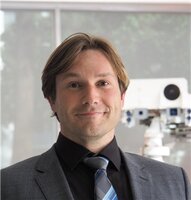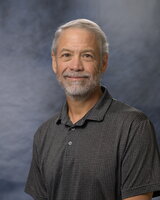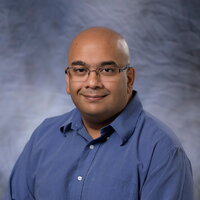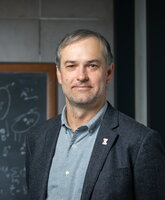
Astronomy is one of the few sciences that relies on observations from afar (very afar). Many of the Illinois researchers specialize in obtaining data from state-of-the-art observatories.
Research Highlights

Observational Cosmology
Prof. Vieira’s group works across the electromagnetic spectrum to characterize the formation and evolution of galaxies. The group uses all the major space facilities (Hubble, Spitzer, Chandra, Fermi, Herschel) and ground based facilities (ALMA, SPT, DES, Gemini) to observe galaxies within the first billions years of cosmic history. Recently, Prof. Vieira was granted 50 hours of Early Release Science observations with JWST — these will be the first observations made with Hubble’s successor!
Links to research groups and facilities: Joaquin Vieira
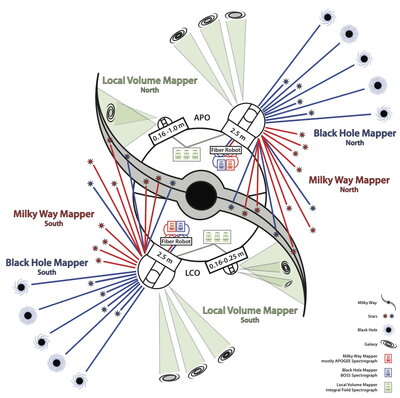
Sloan Digital Sky Survey
The Sloan Digital Sky Survey is a dedicated imaging and multi-object spectroscopic survey in the optical and near-IR. Started around 2000, SDSS has conducted four generations of surveys that have enabled statistical studies of stars, galaxies and supermassive black holes (SMBHs). Starting from around 2020, the SDSS-V survey will perform all-sky, optical and near-IR, multi-epoch spectroscopy for Milky Way stars and distant SMBHs, as well as integral field spectroscopy of the Milky Way and nearby galaxies.
Faculty working in Observation

